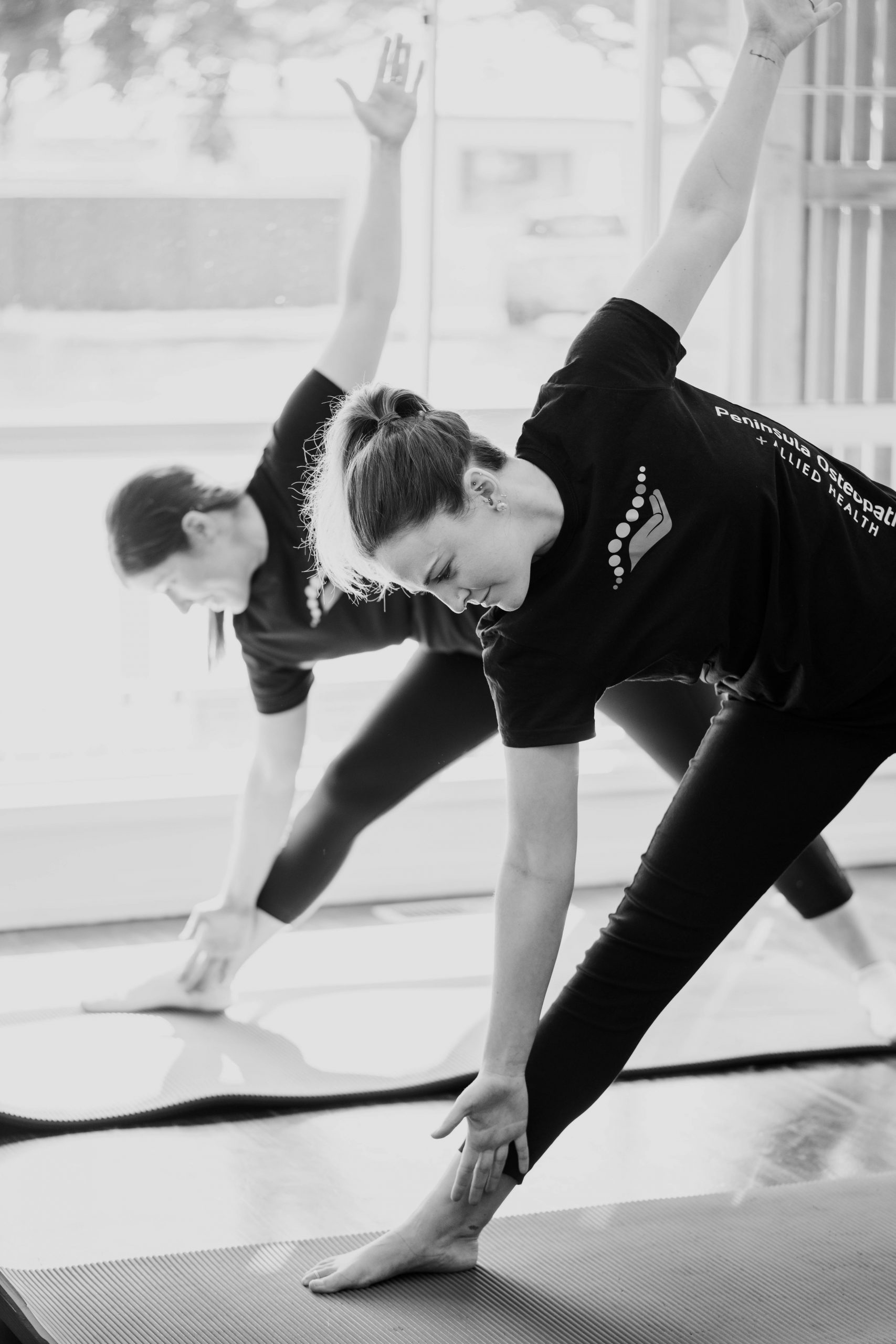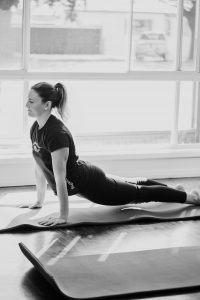Why Shouldn’t Exercise Be For All?
As the leaves on the trees start to change and drop,and the weather is beginning to cool. It gets harder to climb out from under the warm cozy doona in the morning, to get the day started. Autumn/Winter sports season has started, and the Paris Olympics isn’t too far away. With many sports associations focused on targeting the post-Olympic high to motivate and inspire the next generation of potential sporting stars. What about the rest of us??? Shouldn’t we, that don’t fall under the next Olympians umbrella also continue to participate in regular physical activity?
It has been mentioned by a former colleague of mine that I record more hours of exercise on Strava weekly than I do working with paying clients. For some of us our chosen exercise comes easy, while for others it is the ultimate form of torture and of course there is everyone else in between.
I think that the way to help the latter groups is to make it achievable and a habit. Clarke (2016) found the time it takes to make a repeatable activity a habit, with noticeable changes to body morphology, is not evident until 8-weeks; while cardiorespiratory and metabolic changes were not evident until closer to 12-weeks of continued, consistent training. WebMD published a great piece about ways to assist in habit formulation for exercise (Bernstein, 2021). Recommending people choosing activities that were enjoyable and fun to make it less of a task to undertake.
So what does that mean? Ensuring your exercise is convenient to your location and lifestyle means you are more likely to fit it into your current schedule. Setting realistic goals that are achievable can be key to the formation of exercise habits. It is important to be open to the possibility that changes may be required at times, including the time of day when you exercise or if you need to step back your exercise levels due to unforeseen time off. Saying that, I have decided to step outside of my comfort zone and start practicing yoga. Admittedly the time and location of the class should work well for me and my household most weeks.
Larson et al. (2018) found if a person makes the commitment to meet with someone or a group to exercise, they were more likely to attend. Accountability and social support can be a powerful motivator and key in the forming of exercise habits. Promising to meet someone to exercise means a person is less likely to back-out, as they are also letting someone else down (Larson et al., 2018). This is a technique I use regularly, especially on cold winter mornings.
One thing that may help motivate people to really consider looking into their levels of physical activity is following the updated 2020 World Health Organisation (WHO) guidelines on physical activity and sedentary behaviour. The WHO recommendations are broken down into age groups:
- Adolescents 5-17 years of age: 60 minutes of exercise, three days per week
- Adults 18-64 years of age:
- 150-300 minutes of moderately intense aerobic physical activity per week, or
- 75-150 minutes of high intensity per week
- 65 years and older: same activity amounts as 18–64-year-olds but with lower intensity.
By meeting and/or exceeding these guidelines, significant health benefits can be gained, including reduction in cardiovascular disease, hypertension, mental health anxiety and depression, and possible a reduction in adipose tissues (World Health Organisation. 2022).

References:
Bernstein, S. (2021). Easy ways to make exercise a habit. Retrieved August 18. 2022 from https://www.webmd.com/women/exercise-habits
Clark, J.E. (2016). The impact of duration on effectiveness of exercise, the implication for periodization of training and goal setting for individuals who are overfat, a meta-analysis. Biology of Sport, 33(4), 309-333. https://www.ncbi.nlm.nih.gov/pmc/articles/PMC5143767/
Larson, H. K., McFadden, K., McHugh, T. L. F., Berry, T. R., & Rodgers, W. M. (2018). When you don’t get what you want-and it’s really hard: Exploring motivational contributions to exercise dropout. Psychology of Sport & Exercise, 37, 59-66. https://doi.org/10.1016/j.psychsport.2018.04.006
World Health Organisation (2022). Who guidelines on physical activity and sedentary behaviour: At a glance. Retrieved August 20, 2022 from https://apps.who.int/iris/bitstream/handle/10665/337001/9789240014886-eng.pdf



